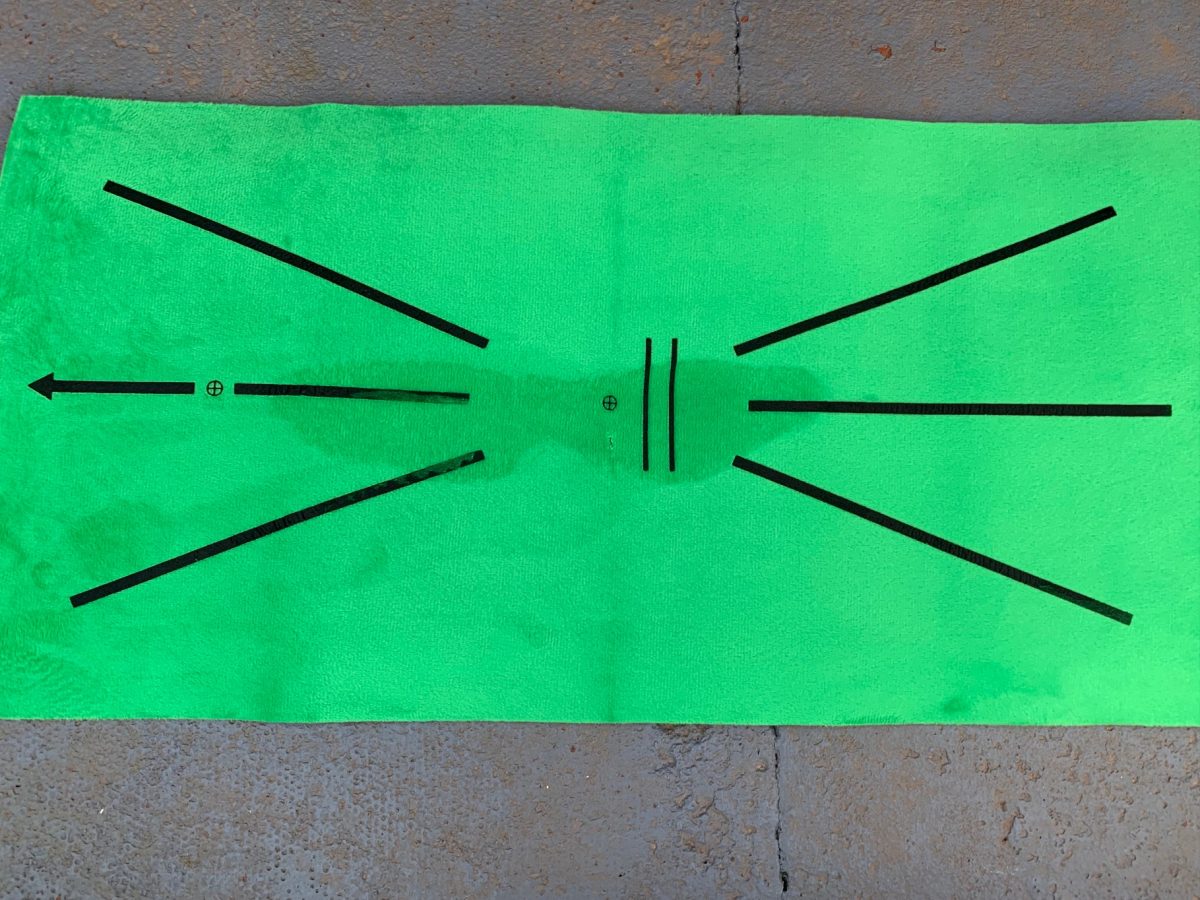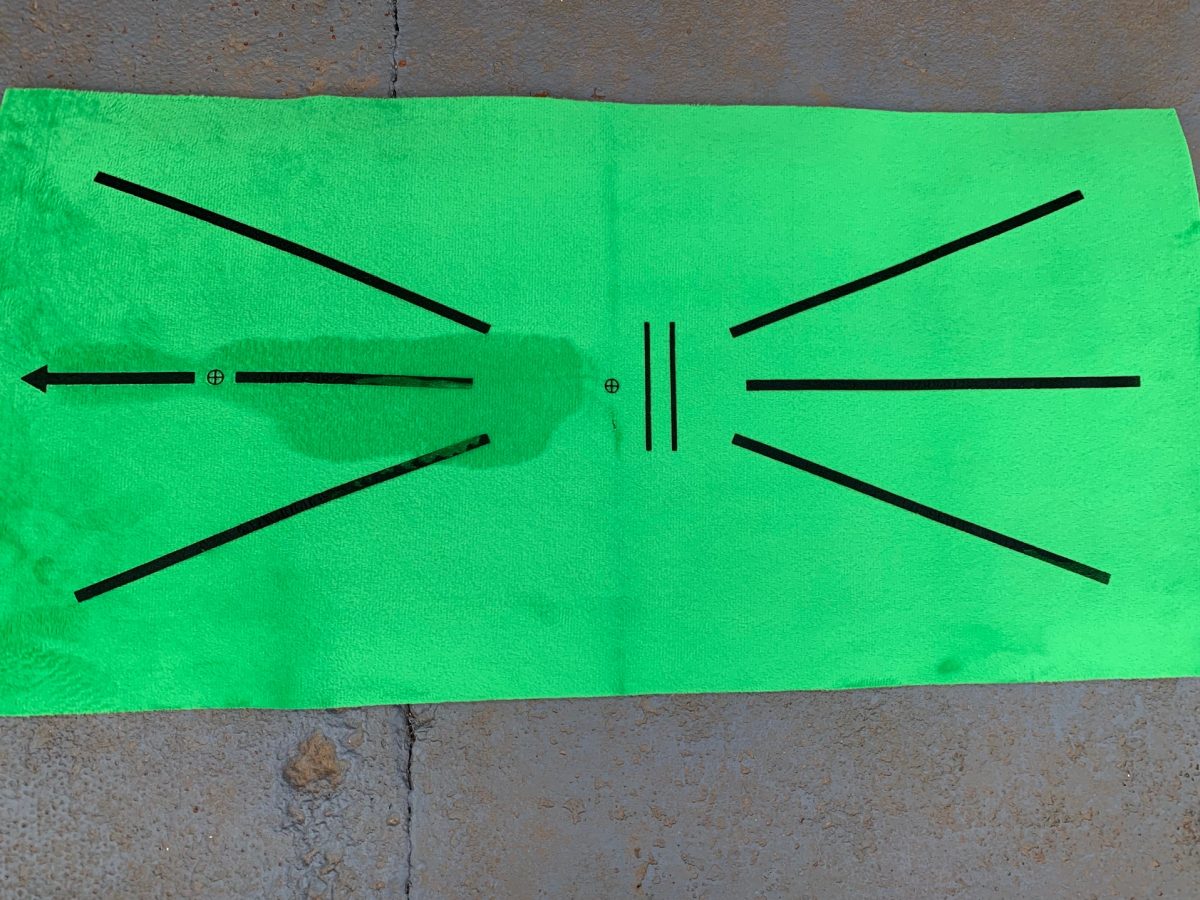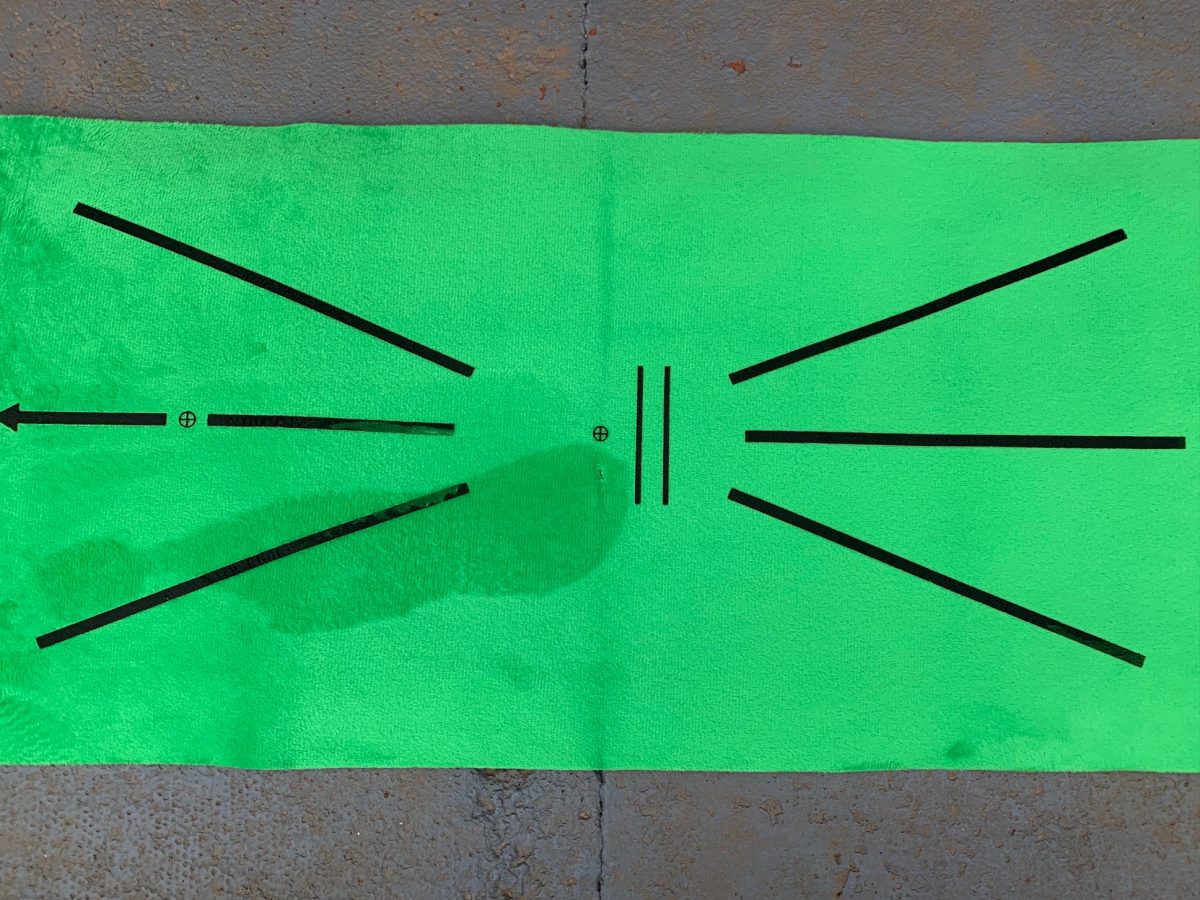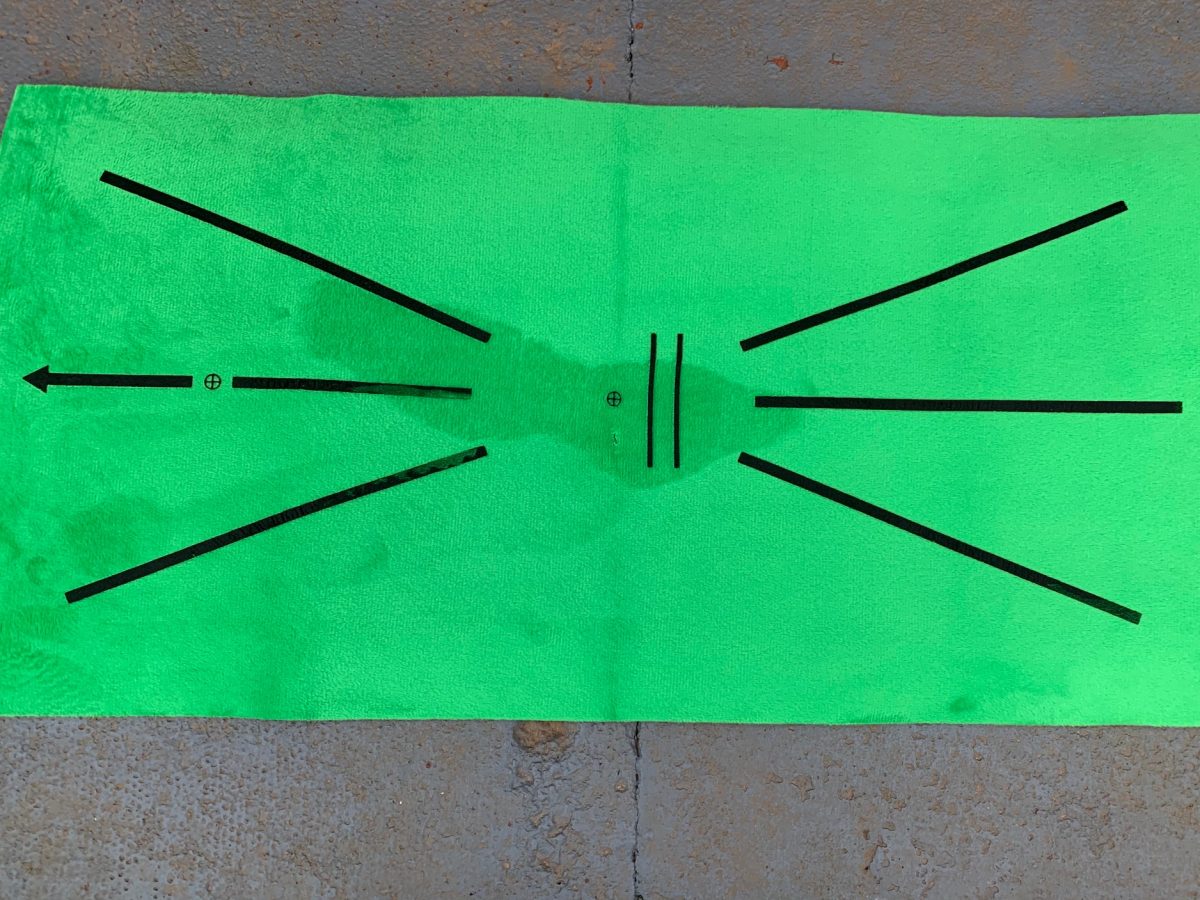Josh’s Tips & Tricks: What is your divot telling you?
Welcome
Hello golfing friends,
I hope you all managed to get a chance to try out my drill last week for rotation and balance points and I hope you didn’t laugh too hard at my unfortunate camera angles!
This week I would like to explain to you your divots. I know that it can be difficult on the driving range to get the same kind of feedback that you get on the course so I’ve purchased a new toy. I now have a mat that gives feedback on the strike, like a divot, and can be used on the driving range or in your garden.
Divots
Now what do we know about divots? Where should the divot start? Which direction should the divot be moving? How deep should the divot be?
This mat can’t tell us how deep the divot would be but it can tell us where it starts and which direction it’s moving. We’re going to assume you have a mid iron in hand for this.
So, if a divot starts before we get to the ball it’s likely that you will catch the ground first meaning a big splat of mud in the winter months and a big hard bang in the summer months (or on a driving range mat). See image 1 for an example of this.
We should be aiming to get the ball first with the irons so the divot would start after the ball. This way the club is moving on a descending angle at impact creating compression and a better strike. See image 2 for an example of this.
If you impart left to right spin on the ball or pull it straight left it’s likely the path is moving from out to in or left in relation to the target. See image 3 for an example of this.
If the ball has right to left curvature or is a push straight right it’s likely the path is from in to out or right in relation to the target. See image 4 for an example of this.
To start the ball down the target line with minimal sidespin we must have a neutral path and clubface, again see image 2 for an example of this.




What Next?
I was lucky to grow up practising on grass more than a driving range so I was continually getting feedback from divots. When you’re next on the course (whenever that might be) have a look at your divots to try and get some feedback.
We are lucky enough to now have Trackman 4 at Windmill which gives you the direction in which the clubhead is moving through impact. This means we have proof of the path which we can relate to the ball flight (and your divots). If you don’t have Trackman or a mat like my new one the only way you can get this feedback is on a golf course or grass range. Like I said we’re looking for a divot that starts just after the ball and moving in a straight line towards the target. We don’t want the divot to be too deep or too shallow as both of these can influence the strike and ball flight in a negative way.
I hope this gives a little bit of insight into why your divots are important and how you can learn from them. Like I said next time you’re fortunate to be on a course have a look and see what your divots are telling you. If you’re lucky enough to have a garden practice mat I would recommend getting one of these strike mats as they could give you some really useful feedback ready for when the season starts.
Cheers,
Josh

